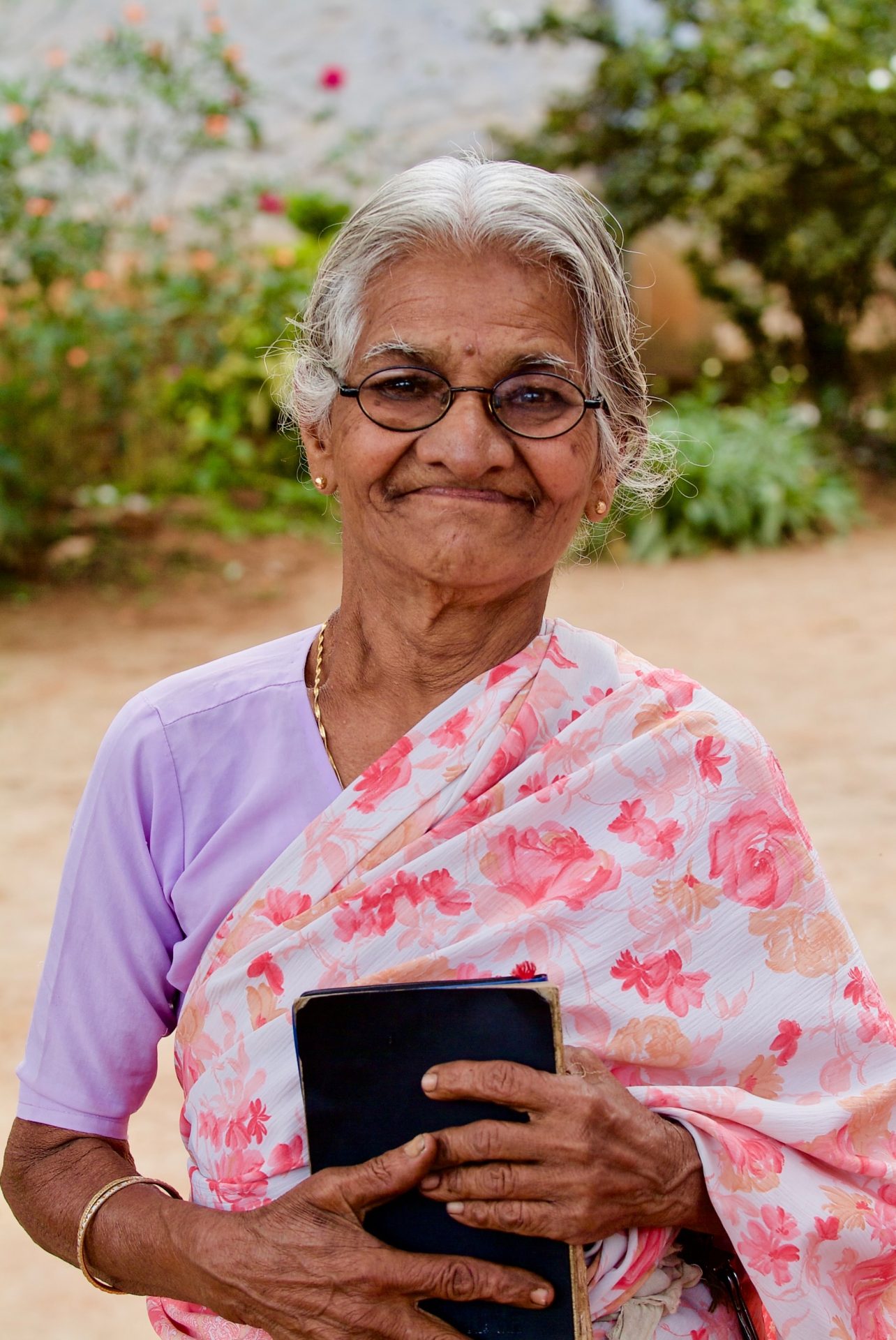- This article identifies and explores the ways in which restrictive gender norms and gender inequalities are replicated and reinforced in health systems, contributing to gender inequalities in health
- Gender-transformative approaches address how gender intersects with other social stratifiers and shift gender norms, reduce inequalities, and improve health outcomes
Overall, a gender-equitable health system is one that reflects and reinforces a gender-equitable society; addresses gender norms and root causes of inequalities across the life course; provides equal opportunity for health-care professionals of all genders; ensures equal access to and utilization of high-quality health services by people of all genders, across all contexts; and is held accountable at all levels.

This evidence suggests that we need to move from a consideration of gender as something that can be easily patched upon existing health systems, towards a recognition that gender inequality fundamentally predetermines and shapes health systems and outcomes in ways that require fundamental changes.
Gender equality in the larger social environment can prevent and reduce gender inequalities in the health workforce.
Respect and value for women’s professional work are needed from family, community, and institutions to support their productivity and impact, including through shifting norms to reduce their burden of unpaid domestic labour.
Community mobilisation through, for example, social movements and women’s empowerment collectives can provide external accountability and push health systems to provide universal and gender-equitable care.
- Katherine Hay, Bill & Melinda Gates Foundation, Seattle, WA, USA
- Lotus McDougal, Center on Gender Equity and Health, Department of Medicine, School of Medicine, University of California San Diego, La Jolla, CA, USA
- Valerie Percival, Norman Paterson School of International Affairs, Carleton University, Ottawa, ON Canada
- Sarah Henry, Department of Pediatrics, Stanford University School of Medicine, Stanford University, Stanford, CA, USA
- Jeni Klugman, Georgetown Institute for Women, Peace and Security, Georgetown University, Washington, DC, USA
- Haja Wurie, College of Medicine and Allied Health Sciences, University of Sierra Leone, Freetown, Sierra Leone
- Joanna Raven, Liverpool School of Tropical Medicine, Liverpool, UK
- Fortunate Shabalala, Faculty of Health Sciences, University of eSwatini, Mbabane, eSwatini
- Rebecca Fielding-Miller, Center on Gender Equity and Health, Department of Medicine, School of Medicine, University of California San Diego, La Jolla, CA, USA
- Arnab Dey, Sambodhi Research & Communications, Noida, Uttar Pradesh, India
- Nabamallika Dehingia, Sambodhi Research & Communications, Noida, Uttar Pradesh, India
- Rosemary Morgan, Johns Hopkins Bloomberg School of Public Health, Department of International Health, Baltimore, MD, USA
- Yamini Atmavilas, Bill & Melinda Gates Foundation, Seattle, WA, USA
- Niranjan Saggurti, Population Council, New Delhi, Delhi, India
- Jennifer Yore, Center on Gender Equity and Health, Department of Medicine, School of Medicine, University of California San Diego, La Jolla, CA, USA
- Elena Blokhina, Vladman Institute of Pharmacology, Department of Psychiatry, First Pavlov State Medical University of St Petersburg, Saint Petersburg, Russia
- Rumana Huque, The ARK Foundation, Dhaka, Bangladesh
- Edwine Barasa, Kemri-Wellcome Trust, Kenya Research Programme, Nairobi, Kenya
- Nandita Bhan, Center on Gender Equity and Health, Department of Medicine, School of Medicine, University of California San Diego, La Jolla, CA 92093, USA
- Chandani Kharel, HERD International, Thapathali, Kathmandu, Nepal
- Jay G Silverman, Center on Gender Equity and Health, Department of Medicine, School of Medicine, University of California San Diego, La Jolla, CA, USA
- Anita Raj, Center on Gender Equity and Health, Department of Medicine, School of Medicine, University of California San Diego, La Jolla, CA, USA
- Gender Equality, Norms, and Health Steering Committee




